How to dismantle a washing machine
 Typically, a washing machine is installed once and for a long time. But a sudden breakdown, moving or the desire for an extraordinary rearrangement urgently make you think about turning off and preparing the machine for moving. Just disconnect all hoses and wires and transport the unit to a service center or a new home does not work - you need to drain the water, dry the machine and fix the drum. We will discuss how to disassemble a washing machine with your own hands in accordance with all the rules in the article.
Typically, a washing machine is installed once and for a long time. But a sudden breakdown, moving or the desire for an extraordinary rearrangement urgently make you think about turning off and preparing the machine for moving. Just disconnect all hoses and wires and transport the unit to a service center or a new home does not work - you need to drain the water, dry the machine and fix the drum. We will discuss how to disassemble a washing machine with your own hands in accordance with all the rules in the article.
Preliminary Actions
The dismantling of the washing machine begins with the preparation for disconnecting from communications. First of all, we are talking about power supply, but only if you do not need to move the case to access the outlet and plug. Of course, the machine to be switched off should not be in the washing process, and ideally, should dry well after the last cycle. We proceed in the following order.
- We turn off the water supply tap on the water supply (as a rule, it is located on the pipes behind the washing machine or under the sink). Turn it clockwise until it stops. Most often, only cold water is supplied to the machine, if there is hot water, we repeat the procedure with the second valve.
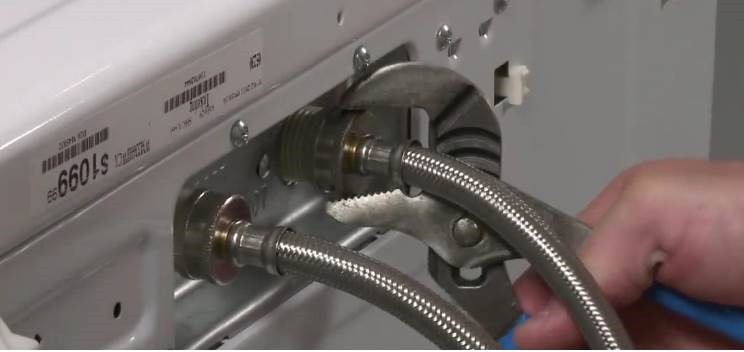
- We move the unit from the wall, alternately moving each edge forward. If the built-in model is installed or the machine is too heavy and slow, draw an extra pair of hands.
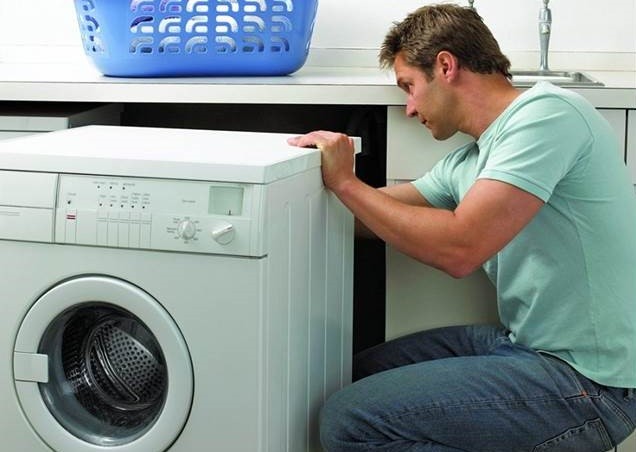
- Calculate such a distance from the wall so that the hoses failed are not in a tense state, and there is enough space for free access to the rear wall.
Now the machine is ready for dismantling. It remains to prepare several containers and rags for collecting water, as well as a flat screwdriver, round-nose pliers and adhesive tape. All this will come in handy when disconnecting hoses, which we will discuss in detail later.
Machine conservation
It must be understood that there is always water inside the washer, and if it is not drained, when tilted or jumped during transportation, the liquid will easily get onto the wiring or electronic board. The consequences of such moisturizing are sad, so it’s better to carefully “preserve” the machine. To do this, do the following: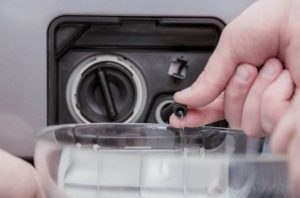
- we put the prepared containers behind the machine under the level of the waterline, and around we spread the prepared rags, be prepared for the fact that water will spill and spray;
- we check whether the water supply valves are closed, it is worth considering that by accident you can easily turn the switches to the open position;
- we wait about a minute after the valves are closed so that the pressure in the hoses normalizes;
- remove the clamps on the inlet hose from two sides, lower it into a bucket or basin and drain the water.
To unscrew the hoses, it is necessary to rotate them clockwise, and if this is difficult to do, use a flat screwdriver, wrench or pliers. Plastic nuts can only be removed by hand.
Attention! When using tools, we control the force of pressure, since excessive forces can easily break the thread and damage the nut.
Repeat the procedure with a drain hose. There are several variations depending on the available drain. This can be a connection to the sink siphon, a hole in the floor, a common water supply or a sewer mounted in the wall. The main thing is to turn the switch, turn off the water, loosen the clamp (if any, then the rubber gasket) and remove the hose. You can leave the machine alone and let it dry. During this time, pour out the drained water and wipe the floor dry. In order not to slip during further preparation of the washing machine for moving.
Preparing the car for transportation
At the finish stage, we go around the washing machine from all sides and check that there are no more wires and hoses connected.It is immediately recommended that you take the time to clean the nozzles at the place where the drain is disconnected, for which we take a brush and carefully clean all dirt accumulated during operation. We wipe the powder receiver dry, look at the drain filter and inside the drum. Also do not forget:
- remove the power cord or place it in specially provided slots, and for reliability - fix it with tape (then you will not have to be afraid of accidentally disconnecting or damaging the plug);
- unscrew the handles from the washer housing;
- close and seal the door and powder receiver with tape;
- fix the drum by inserting a V-shaped piece of foam into the tank, stuffing it with linen, using special bolts or tightening the screws provided on the rear wall of the housing.
Important! It is better to study the user manual supplied with the machine and read which method is more suitable in the existing model.
We complete the preparation by wrapping all spare parts, hoses, handles and cords in rags or paper. It will be useful to pack the washer in the store foam frame, wrap it with cloth or cardboard. It remains only to transport the machine to the planned place, avoiding bending, shaking and jumping.
Some tips
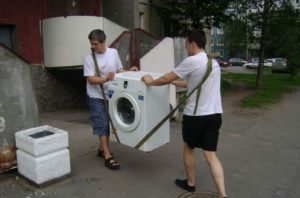 In order to simplify and secure the process of dismantling the washing machine as much as possible, everything must be done carefully, slowly and consistently. Eliminate haste and initiative, as well as pay attention to some tips.
In order to simplify and secure the process of dismantling the washing machine as much as possible, everything must be done carefully, slowly and consistently. Eliminate haste and initiative, as well as pay attention to some tips.
- Before disconnecting the machine from communications, fix all fasteners and joints with a marker.
- If you photograph the sequence of actions, you can save time and nerves when reassembling.
- Cracked or worn hoses and cords must be replaced.
- It is difficult to dismantle the washing machine alone, since the machine weighs more than 50 kg and does not have protrusions or handles that are convenient for moving.
- After dismantling, it is recommended to leave the unit with the door and tray open for 1-2 days, so that the joints with the hoses can dry out.
The most important thing - do not postpone preparation for moving to the last moment and do not be lazy to study the instructions supplied with the washing machine. Each booklet has detailed instructions for the dismantling of a particular model, taking into account the features of the machine and its technical characteristics. Then the process will pass quickly, easily and without flooded neighbors.
Interesting:
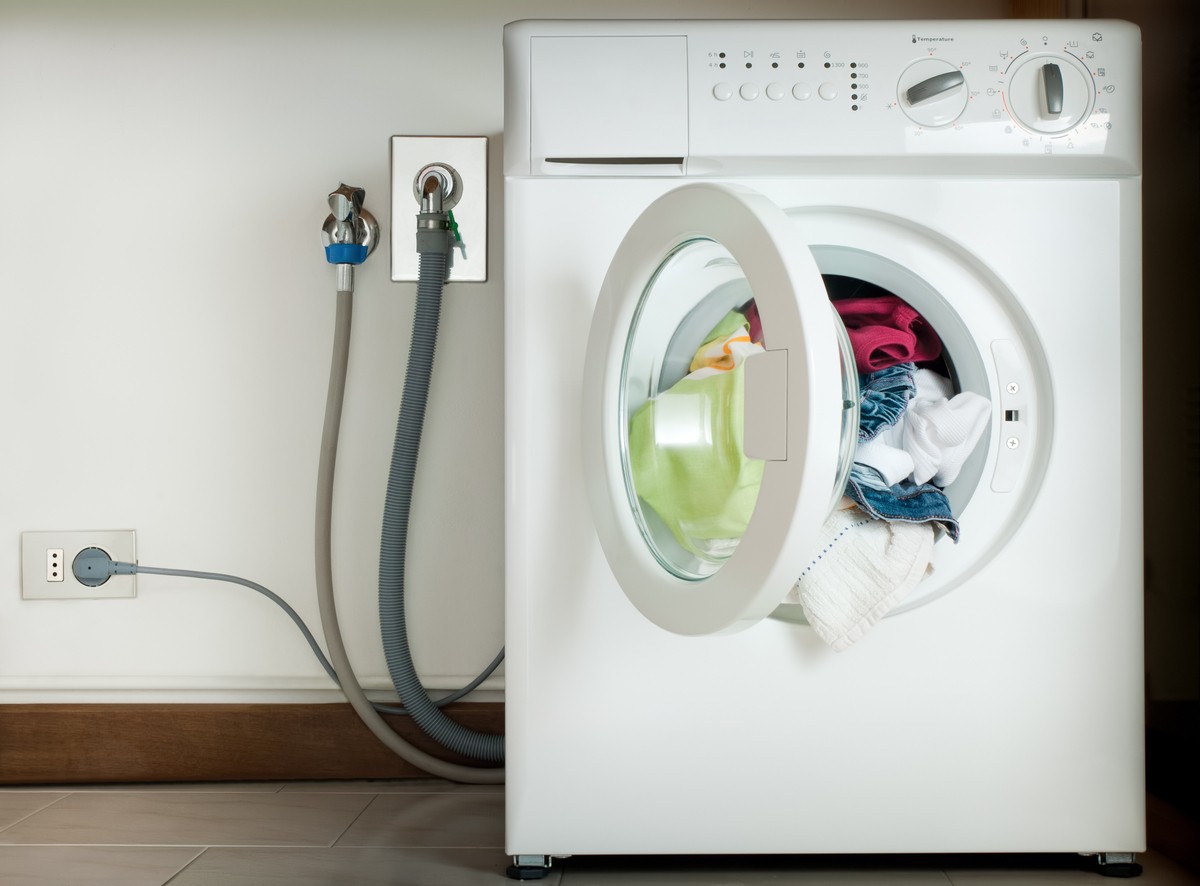 How to disconnect the washing machine from the water supply?
How to disconnect the washing machine from the water supply? How to install a washing machine in the bathroom yourself
How to install a washing machine in the bathroom yourself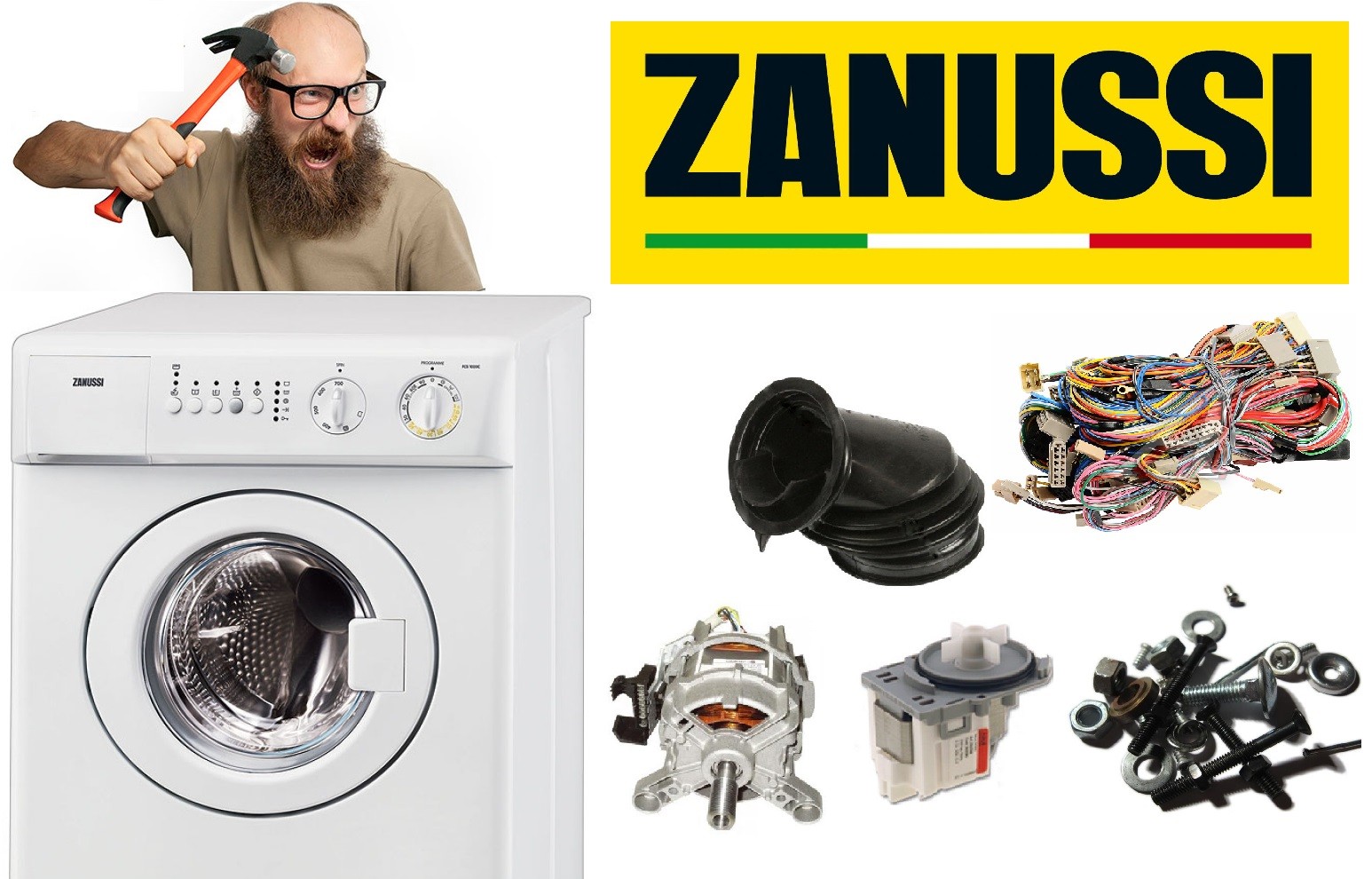 How to disassemble a Zanussi washing machine
How to disassemble a Zanussi washing machine Do it yourself Gorenje washing machine malfunction repair
Do it yourself Gorenje washing machine malfunction repair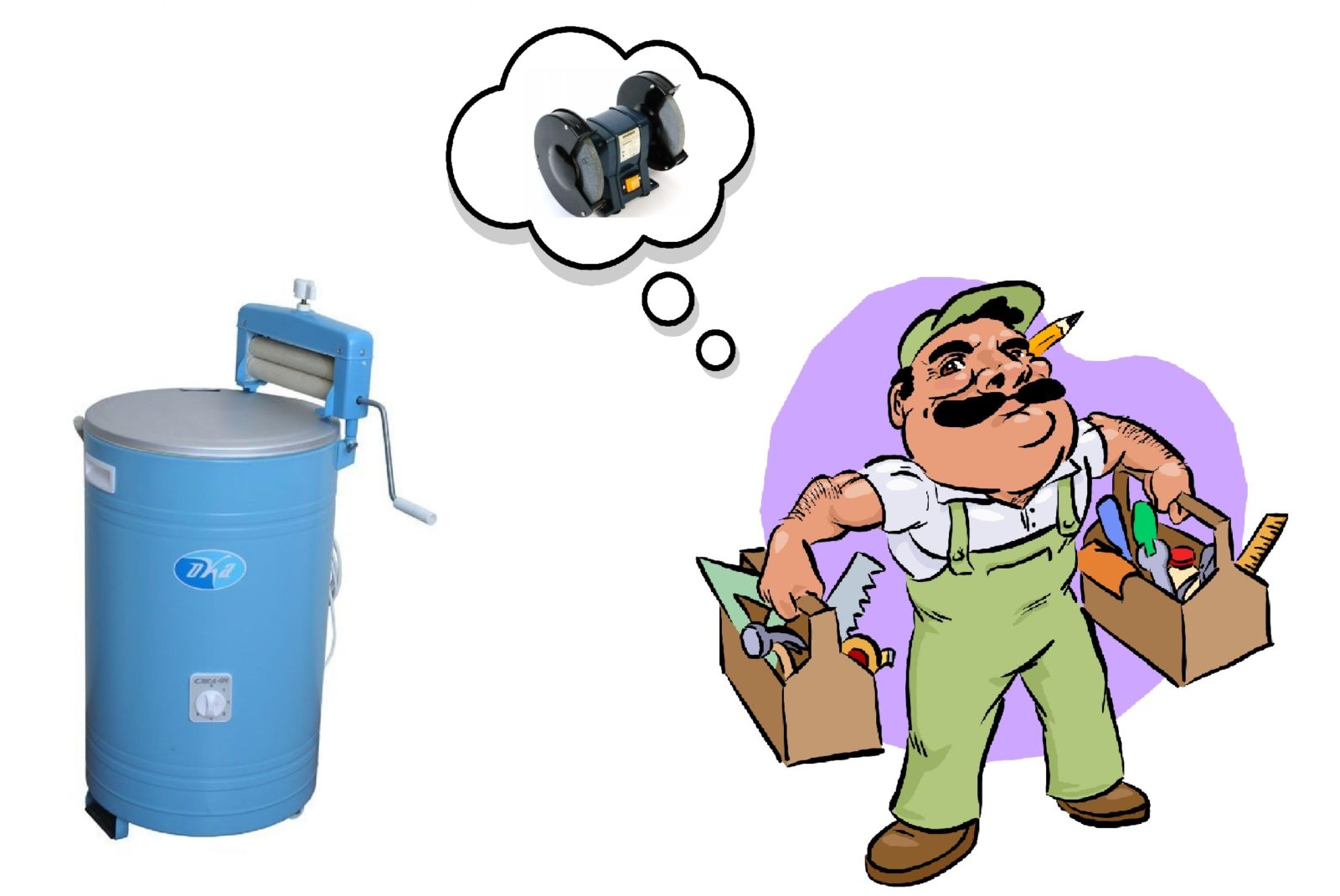 What can be done from an old washing machine
What can be done from an old washing machine How to install a do-it-yourself washing machine in the kitchen
How to install a do-it-yourself washing machine in the kitchen
Reader Comments
- Share your opinion - leave a comment
Headings
Washing machine repair


For buyers
For users

Dishwasher












Add a comment